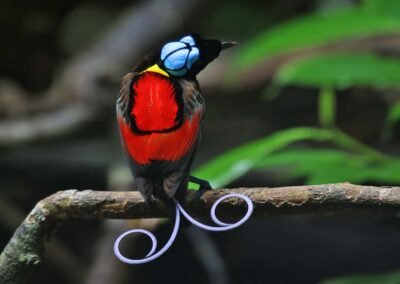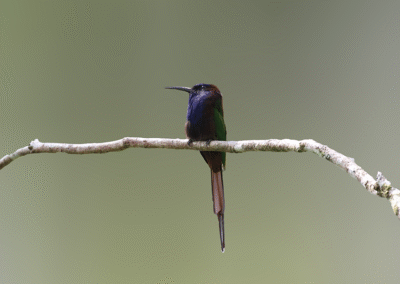Sultan Birding Indonesia – Expert-Led Birding Tours Across the Archipelago
Discover the incredible birdlife of Indonesia with Sultan Birding – your locally based, trusted partner for professionally guided birdwatching and bird photography tours. Indonesia is a birder’s paradise, with more than 1,700 bird species, over 400 of them endemic to the country’s diverse islands. From the mystical highlands of Papua to the endemic-rich lowlands of Sulawesi, from the spice-scented forests of Maluku to the vibrant volcanoes of Java, Indonesia offers some of the most spectacular birding experiences on Earth.
At Sultan Birding, we specialize in creating immersive, expertly guided birding trips across Indonesia’s top birding hotspots. Whether you’re a seasoned birder chasing lifers, a bird photographer seeking the perfect shot, or a nature lover looking for adventure, we deliver unforgettable journeys led by passionate local experts.
Where We Bird in Indonesia?
- Lesser Sunda (Flores, Sumba, Timor) – Home to striking endemics like the Elegant Pitta, Flores Monarch, and Yellow-crested Cockatoo. A must-visit for island specialists.
- Java and Bali – Discover rare lowland and montane species including the Javan Hawk-Eagle, Javan Trogon, and Bali Myna, in lush national parks and volcano forests.
- Sumatera – Explore the dense tropical rainforests of Gunung Leuser and Kerinci Seblat for Sumatran endemics, trogons, hornbills, and maybe even a glimpse of wild orangutans.
- West Papua – The heartland of the Birds-of-Paradise. Wilson’s, King, Magnificent, and Red BoPs are just the beginning in these remote, enchanting highlands.
- Maluku Islands (Moluccas) – A birder’s treasure trove of rare island endemics like the Invisible Rail, Moluccan Woodcock, and many more found nowhere else on Earth.
- Sulawesi – A biodiversity hotspot with over 70 endemic bird species including Maleo, Sulawesi Pitta, Scaly Kingfisher, and Red-backed Thrush.



